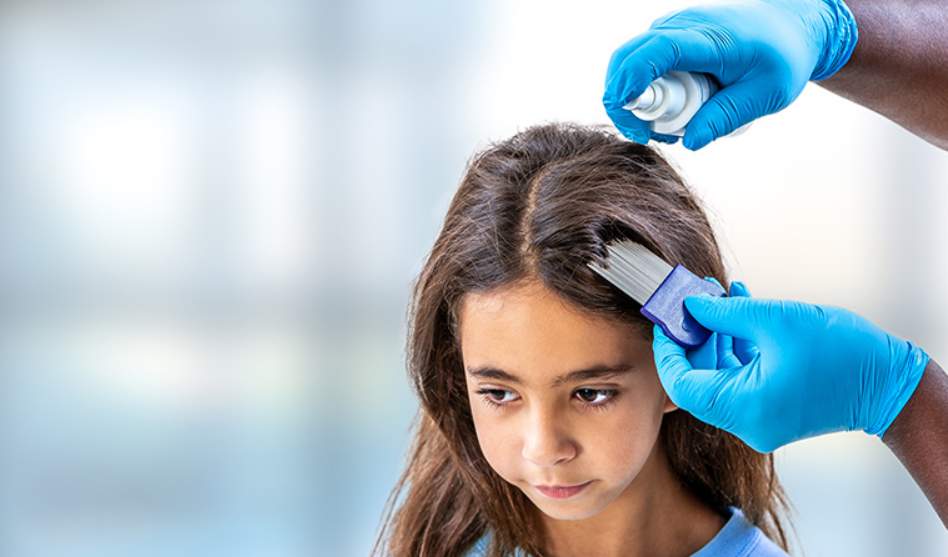Recent updates from Contemporary Pediatrics outline new recommendations for managing head lice. The guidelines suggest using two treatments of over-the-counter pediculicides, followed by two prescription treatments of Ovide, which contains the pesticide malathion. Each Ovide treatment requires leaving the solution on the scalp for about 12 hours.
Concerns About Malathion Use
Malathion is a flammable pesticide, and its safety for young children remains uncertain. Studies have shown potential risks associated with pesticide exposure. According to Consumer Reports, a single Ovide treatment can contain up to thirty times the recognized safe one-time dose for a young child. A 1989 study from the University of Southern California also linked home pesticide exposure with higher rates of childhood leukemia.
Background on the Guidelines
The updated guidelines resulted from a working group conference held at the Harvard School of Public Health. The event was sponsored by Medicis, the pharmaceutical company that manufactures Ovide. The involvement of a commercial sponsor raises questions about the independence of treatment recommendations.
Alternative and Non-Toxic Approaches
Notably, the American Head Lice Information Center and the National Pediculosis Association were not included in the Harvard conference. Both organizations promote non-toxic approaches to lice management. For example, Head Lice to Dead Lice, an educational program developed by Joan Sawyer and Roberta MacPhee, teaches a method using olive oil to suffocate lice. This approach avoids pesticide exposure and focuses on safe, practical techniques for families.
Importance of Informed Decision-Making
When pharmaceutical companies influence treatment guidelines, it can create potential conflicts of interest. Parents and caregivers should carefully evaluate the safety and necessity of any pesticide-based treatment. Using common sense and seeking accurate, evidence-based information can help protect children’s health.
Effective lice management should focus on safe, well-tested methods rather than repeated exposure to chemical agents. Awareness and education remain the best tools for preventing and controlling infestations responsibly.
